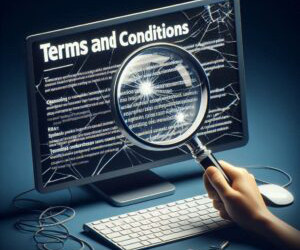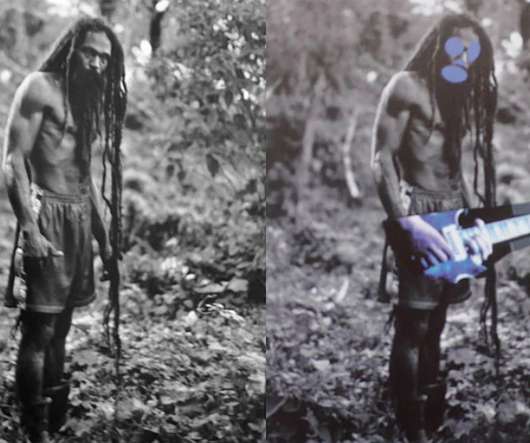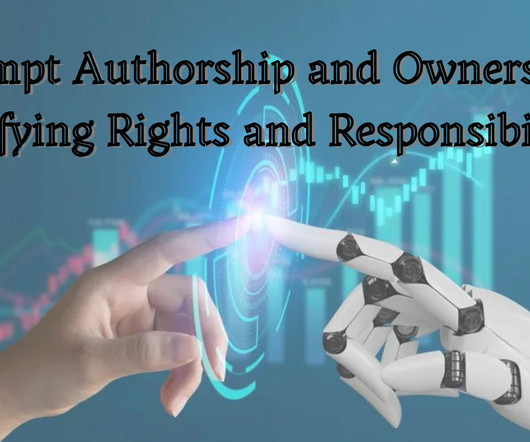U.S. Supreme Court Vindicates Photographer But Destabilizes Fair Use — Andy Warhol Foundation v. Goldsmith (Guest Blog Post)
Technology & Marketing Law Blog
JUNE 20, 2023
Legal Background: Copyright and Derivative Works Copyright law protects original works of authorship, including “pictorial, graphic, and sculptural works,” 17 U.S.C. For obvious reasons, the copyright in a photograph does not include the right to publicly perform the copyrighted work.











Let's personalize your content